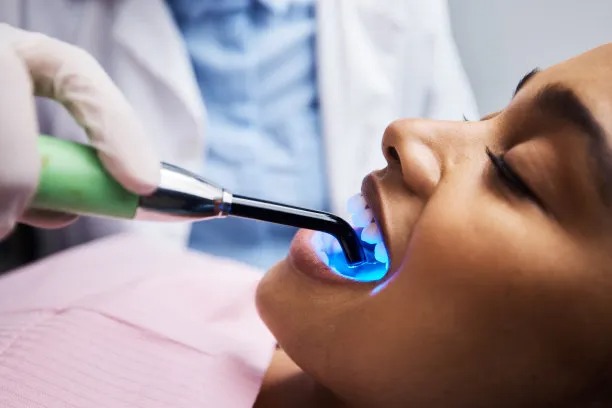A Comprehensive Guide to the Process and Aftercare of Extracting a Tooth for Optimal Oral Health
Summary: Tooth extraction is a common dental procedure necessitated by issues like decay, crowding, or infection. This comprehensive guide outlines the step-by-step process of tooth extraction, emphasizing the importance of preparation, the procedure itself, and aftercare for optimal recovery and oral health. Factors such as the potential risks and complications associated with extraction are discussed, as well as the best practices for managing pain and ensuring a smooth recovery. With a focus on maintaining oral hygiene during the healing period, this guide serves as a valuable resource for patients seeking information on tooth extraction and proper aftercare methods.
1. Understanding the Reasons for Tooth Extraction

Tooth extraction may be necessary for a variety of reasons. One common reason is severe tooth decay. When a tooth becomes extensively damaged and cannot be repaired through fillings or crowns, extraction may be the best option to prevent further complications.
Another reason for extraction includes overcrowded teeth. In orthodontic treatments, certain teeth may need to be removed to make space for proper alignment. This is particularly common among patients who have a misaligned bite or are preparing for braces.
Additionally, impacted wisdom teeth often require extraction due to the lack of space in the back of the mouth. These teeth can cause pain, infection, and other dental issues if not removed promptly.
2. The Tooth Extraction Process Explained
The procedure for tooth extraction typically begins with a thorough evaluation from a dentist or oral surgeon. This involves taking X-rays and assessing the condition of the affected tooth and surrounding tissues.
Once the examination is complete, the dentist will administer anesthesia to numb the area, ensuring the patient experiences minimal discomfort during the procedure. Depending on the complexity of the extraction, different techniques may be employed, ranging from simple extractions to surgical procedures for impacted teeth.
After the extraction is performed, the dentist will provide instructions for immediate care, including how to manage bleeding and discomfort. Proper follow-up care is crucial for minimizing the risk of complications and promoting healing.
3. Aftercare Tips for a Smooth Recovery
After a tooth extraction, proper aftercare is essential for a successful recovery. The first few days are critical, and patients should follow their dentist’s recommendations to manage pain and swelling. Ice packs can be applied to the outside of the face to alleviate discomfort.
It is also important to follow dietary guidelines after the procedure. Soft foods such as applesauce, yogurt, and mashed potatoes are usually recommended, while hot, spicy, or crunchy foods should be avoided to prevent irritation to the extraction site.
Maintaining oral hygiene is vital during recovery. However, patients should be cautious when brushing near the extraction site. Gentle rinsing with warm salt water can help to keep the area clean without causing additional trauma.
4. Recognizing Potential Complications
While tooth extraction is generally safe, there are risks of potential complications. Dry socket is one of the most common issues where the blood clot at the extraction site dislodges, exposing the bone and delaying healing. Symptoms include severe pain and bad breath.
Infections are another concern, particularly if proper aftercare guidelines are not followed. Signs of infection may include increased swelling, fever, and pus discharge. It is important to contact a dentist if any of these symptoms arise.
Additionally, patients should be aware of the possibility of nerve damage during extraction. This risk is higher in the case of lower wisdom teeth and can lead to numbness or tingling in the lips or tongue. Early detection and communication with the dentist are crucial for addressing such concerns.
Summary:
The process of tooth extraction requires careful consideration and adherence to guidelines for optimal oral health. Understanding the reasons for extraction helps patients make informed decisions. The procedure involves careful planning and execution to minimize discomfort, while effective aftercare promotes healing and reduces the risk of complications. Patient awareness of potential issues enables timely intervention, ensuring a more positive recovery experience.
This article is compiled by Vickong Dental and the content is for reference only



